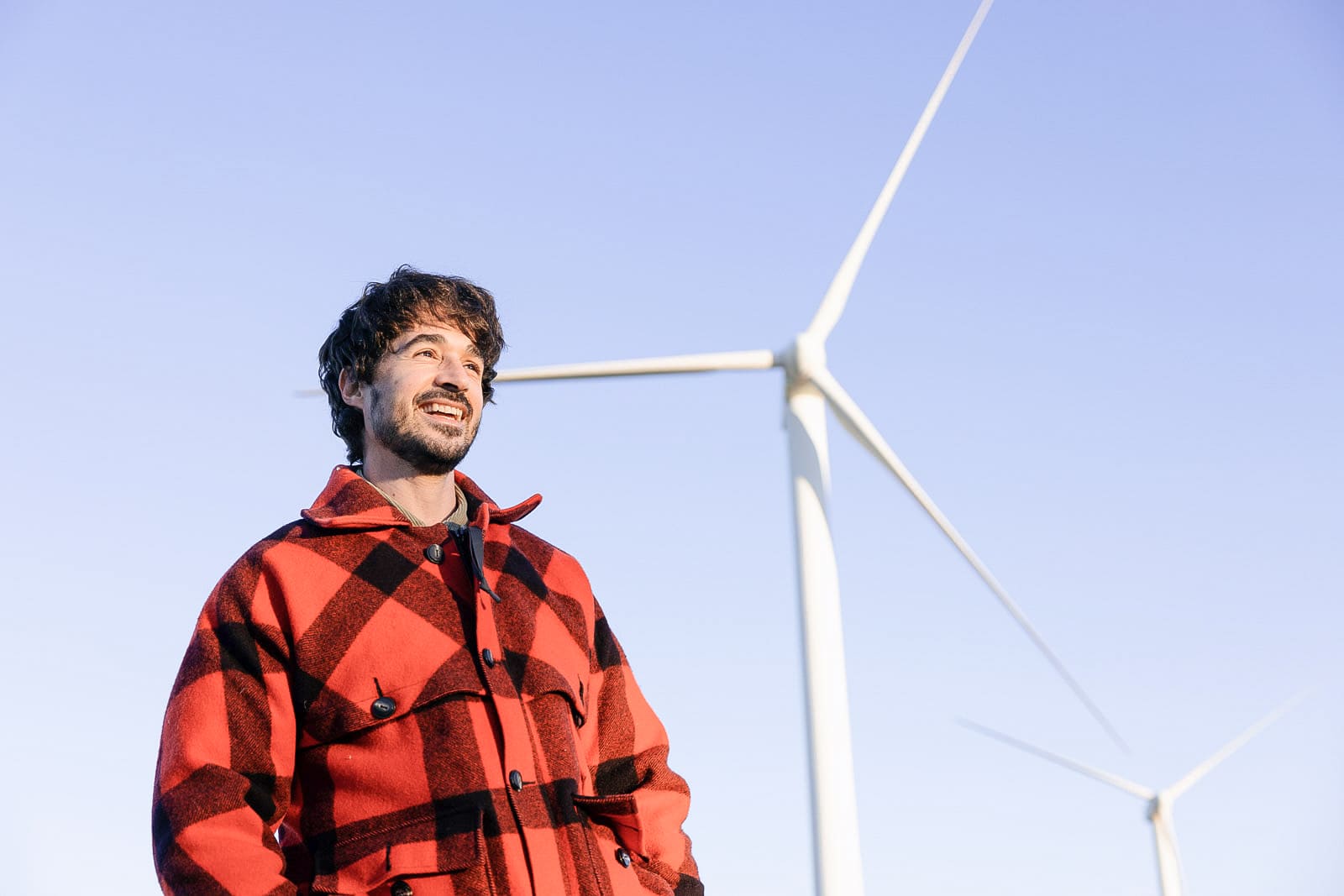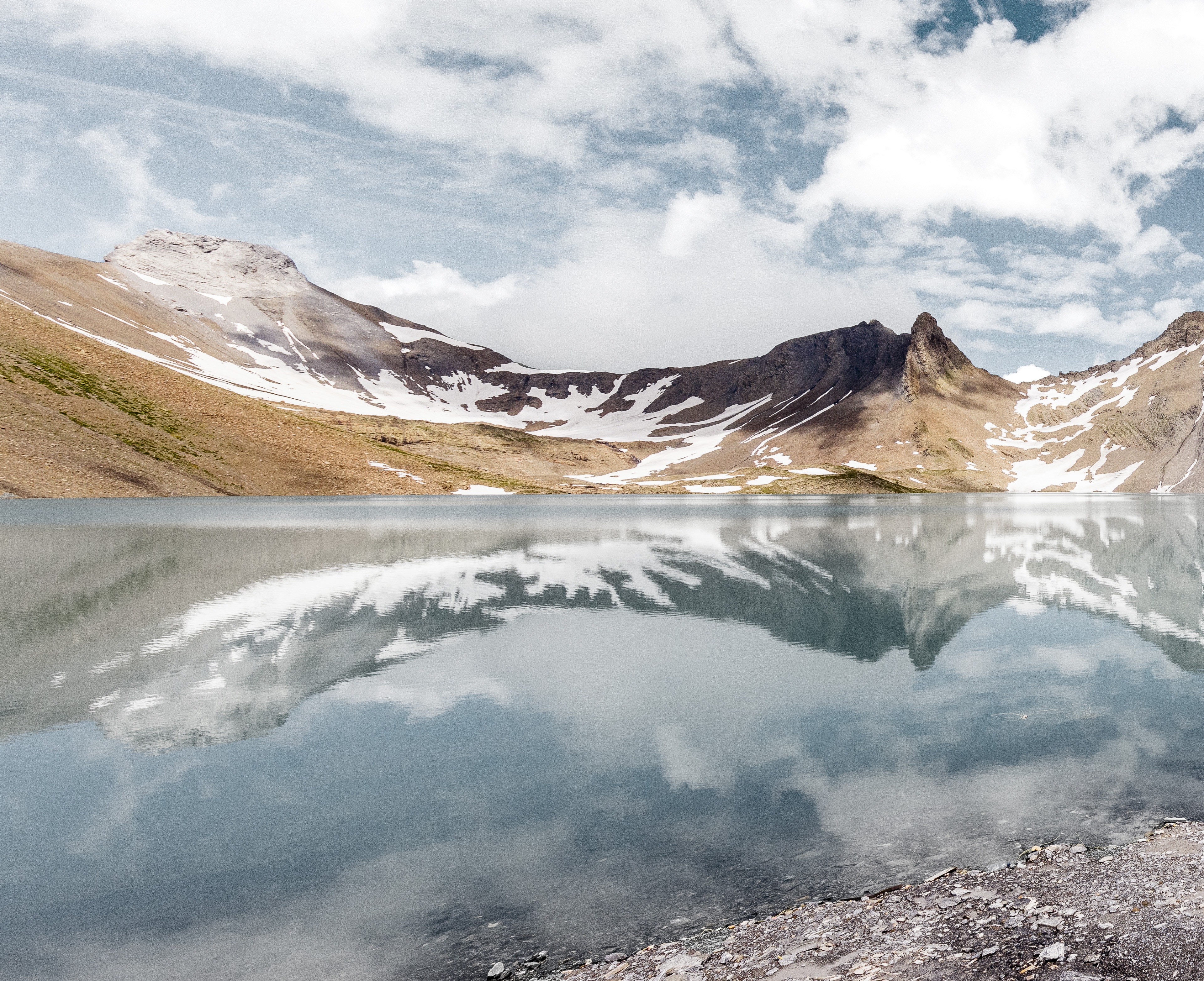14.03.2018 | The profitability of Swiss hydropower: A study
Missing money
Energy companies like Axpo did the math long ago. Now it's official. A study by the Swiss Federal Office of Energy (SFOE) indicates that the prime costs for electricity production from hydropower are currently higher than the revenues that power producers can earn on the market. The missing money problem is real and serious. In 2016, the sector lacked CHF 310 million.
After a phase with high prices and positive results for Swiss hydropower producers, power prices dropped drastically (see graphic) between 2009 and 2016. For hydropower plant owners that have to sell their power on the free market this resulted in impairments, lower revenues and losses. This has also been the case for Axpo.
The study conducted on behalf of the SFOE presents a clear picture on the profitability of Swiss hydropower. The report is based on an industry data survey (21 operators/production of 25,000 GWh - corresponding to 70 percent of Swiss production).
These are the most important results:
Full prime costs from the perspective of hydropower plant operators from 2011 to 2016 6.9 to 7.7 cents/kWh
The SFOE considers the overhead and capital costs (WACC) provided by the industry to be too high and corrected full prime costs with
6.3 to 7.1 cents/kWh. Prime costs in detail: Run-of-river power 5.3 to 6.9 - storage 6.2 to 7.9 and pumped storage 7.3 to 8.2 cents/kWh
The highest cost component is the water rate at 1.4 to 1,6 cents/kWh, write-downs at 1.2 to 1.3 cents/kWh, as well as debt costs of about 0.6 cents/kWh
Weighted revenues from hydropower were only 4.16 cents/kWh for this period.
Conclusion: Bottom line the power producers that have to sell at market prices are missing money according to the study: "The revenue amount missing to cover prime costs is about CHF 310 million per year according to the SFOE."
During a transitional period until 2022, existing large-scale hydropower plants will receive a market premium of CHF 120 million per year - financed by consumers through grid fees, which ultimately reduces the deficit for operators to CHF 200 million.
Supporting hydropower
The topic of hydropower is the subject of intensive discussions in terms of energy policy. The Energy Act stipulates that the Federal Council must present Swiss Parliament with a draft of a close-to-the-market model for hydropower. On the blog "energiaplus", Christian Bühlmann, Deputy Head of Energy Supply at the SFOE writes: “Today's water rate regime is a significant cost factor for Swiss hydropower at about 1.4 cents per kWh, or some 20 per cent of the prime costs.”
Fair enough. Alone since 2008 the water rates have risen from 54 to 80 and then to 100 (2010) and to 110 CHF per kilowatt gross output in the year 2015, while the market prices for electricity have decreased strongly (see chart above)
The Federal Council wants to submit a message on water rates to Parliament before the summer break. However, the message has already been met with strong opposition from the mountain cantons. Whether the Federal Council will withdraw its proposal and hold to the status quo, as rumoured in Berne, is yet to be seen. In any case: To a broad alliance comprising business and society, fair, flexible water rates in line with market revenues are a must (see box).
New power market design
Hydropower plays a key role in future power market design in Switzerland owing to its importance for the security of supply. By the fall of 2018, the Federal Council wants to approve a consultative draft (revision of the Electricity Supply Act). In the draft, the market mechanism Energy Only Market will play a key role and the Federal Council focuses very strongly on imports for reliable power supply in Switzerland during the winter, much to Axpo’s regret.
The model also foresees tendering strategic power reserves. The SFOE writes that this is a "minimally invasive" additional security component: "A central domestic body contracts power plant capacities and production (in Switzerland's case primarily reservoir water) that is used only and exclusively in physical shortage situations. This is not a capacity market, but rather a mechanism to ensure an energy reserve in critical situations.” In Axpo's assessment creating a strategic reserve is positive, if the design is close to the market.
«The current water interest rate regime is a significant cost factor for Swiss hydropower, accounting for around 20 percent of the cost of production.»Christian Bühlmann, Stv. Leiter Energieversorgung BFE
Money for investments
In the ongoing spring session, the Council of States has gotten involved in the debate: It approved a motion put forth by the Energy Commission to support domestic power production - with the exception of nuclear power. Commission speaker Werner Luginbühl: "We can not set store in the principle of hope in designing the market of the future." The danger is that when nuclear power is eliminated, a portion of hydropower will also disappear if market prices for electricity have not sustainably recovered.
By all means a realistic danger, as Axpo officials know: "Despite a slight upward trend in prices on the power market, the situation remains tense. Hydropower plants will not make enough money next year to make the urgently needed investments in maintaining, let alone expanding, capacities as would be necessary according to the Energy Strategy 2050."
Power market liberalisation
The last puzzle piece in the political energy debate is the Federal Council’s planned electricity agreement with the EU, which would give Switzerland equal access to the European power market. A prerequisite to the agreement is the liberalisation of the Swiss power market, including low-volume customers and SME's. Today, only major customers (from 100,000 kWh) are free to buy their power at favourable market prices.
Minister of Energy Doris Leuthard wants to move forward on liberalisation. She was given support in the spring session by the National Council that approved the motion for speedy market liberalisation with a clear margin of 130 to 44 votes. How quickly this will actually be achieved is difficult to assess. Opposition has already formed from the SP that successfully fought full market liberalisation with the help of the Green Party in 2002 with a referendum. The SP fraction leader Roger Nordmann says that if the power market is liberalised the entire industry will experience the problems that confront Axpo and Alpiq today. And he fears: "Without binding guidelines Switzerland will be flooded with coal electricity."
Stay tuned...
Fair water rates
The current water rate regulations expire at the end of 2019. In view of the necessary revision a broad alliance for up-to-date, flexible water rates has formed comprising the Association of Swiss Electricity Companies (VSE), AEE Suisse, Economiesuisse, the Swiss Consumer Forum, the Swiss Association of Towns, the Swiss Trade Associations (SVG) and Swissmem. The aim is to find a fair solution for producers, cantons and municipalities, as well as consumers.
The Alliance demands:
1. There is a need to make the water interest rate more flexible with a fixed and variable, market-dependent component. Flexibility must be enshrined in law as a principle as of 1 January 2020.
2. A long-term solution to the water interest rate issue must be accompanied by the revision of the Electricity Supply Act (Strom VG) and the future market design.
3. As a transitional solution, hydroelectric power production will have to be significantly reduced from 2020 onwards. From the point of view of the all-inclusive partners, the CHF 80 per kilowatt of gross output originally envisaged by the Federal Council in the consultation proposal represents the upper Limit.







